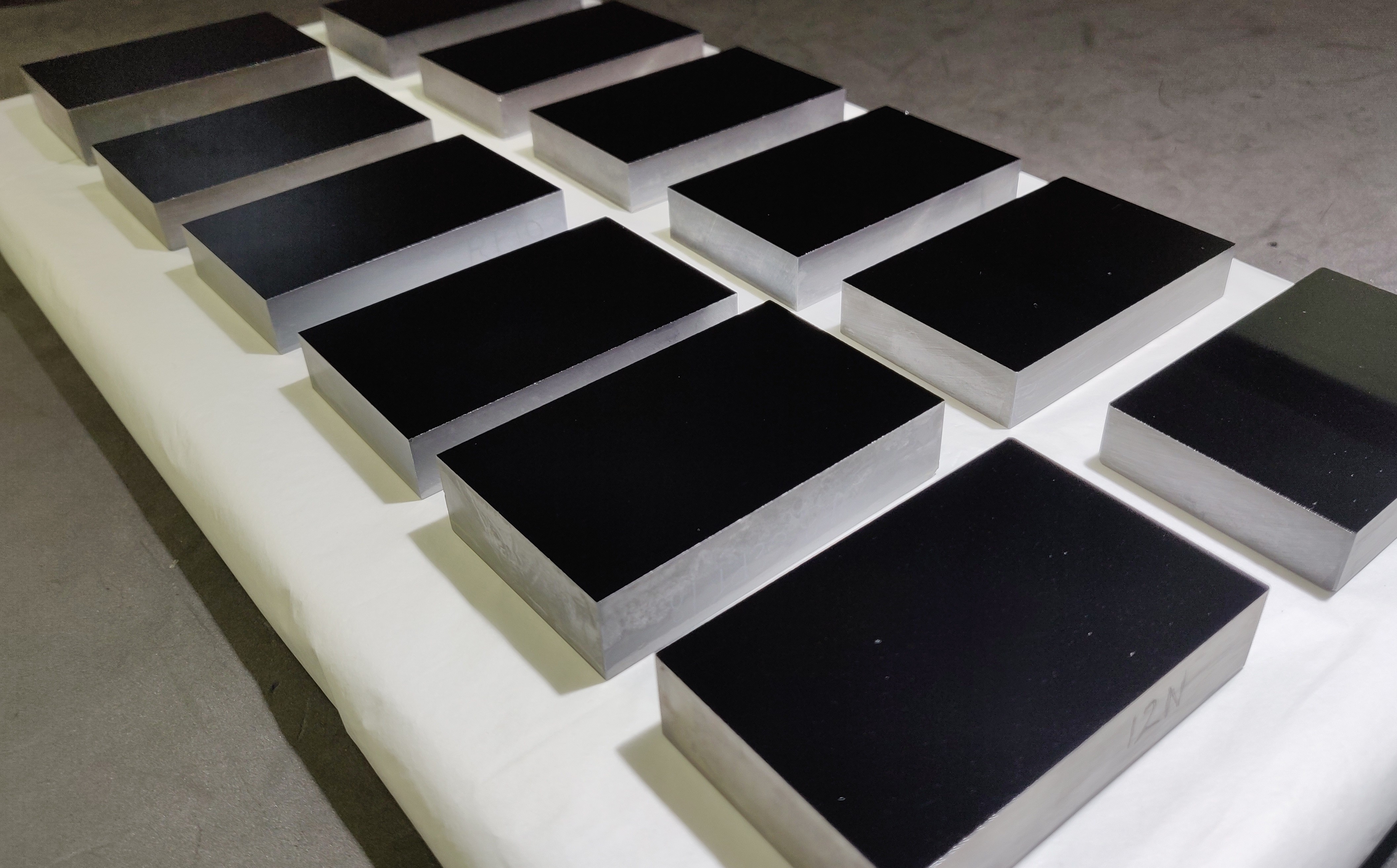Silicon is a crystalline material that exhibits unique optical and electrical properties, making it suitable for a range of applications. Depending on the doping process the resulting silicon can be classified into three main types: Intrinsic, n-type, and p-type. Each type has distinct characteristics that influence its behaviour. Silicon can also be categorised by manufacturing process as Czochralski (CZ) and Float Zone (FZ) types.
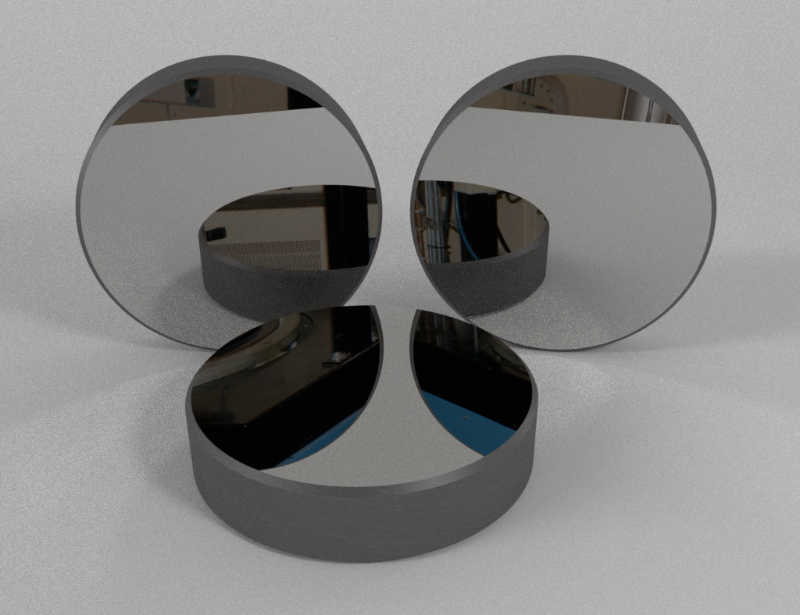

CZ vs. FZ Silicon: Understanding the Differences
When selecting silicon for optical applications, the manufacturing process used to create the silicon crystal is crucial, with Czochralski (CZ) and Float Zone (FZ) being the two primary methods. CZ silicon is grown using the Czochralski process, where a seed crystal is dipped into molten silicon and slowly pulled out while rotating, allowing the crystal to grow. This method is cost-effective and widely used, but it often results in silicon with higher levels of oxygen impurities. These impurities can affect the material's optical properties, particularly its transmission in the infrared spectrum around 9µm.
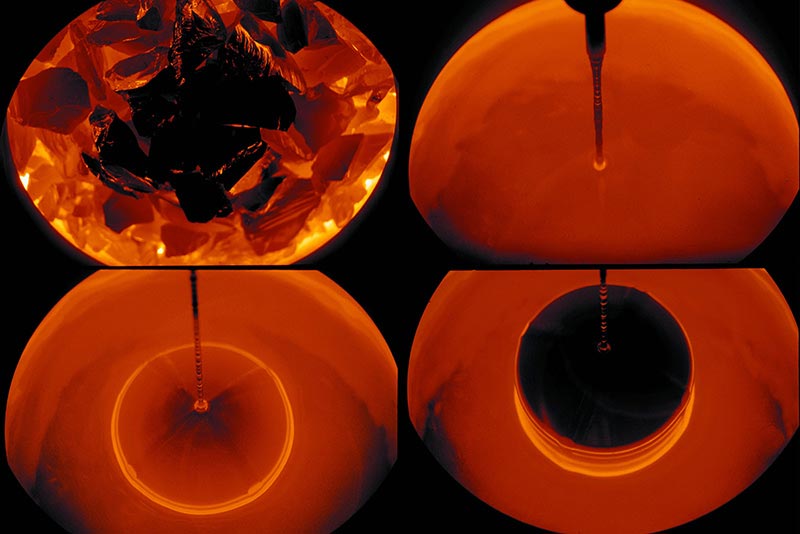

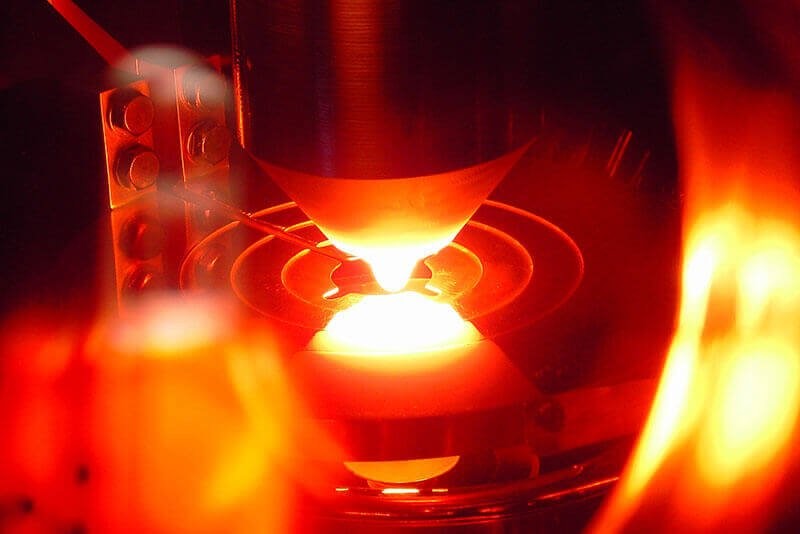

FZ silicon is produced using the Float Zone technique, which involves melting a small region of a silicon rod and moving the melt zone along the rod to purify the material. FZ silicon is typically purer than CZ silicon, with very low levels of impurities such as oxygen and carbon. This higher purity makes FZ silicon more suitable for applications requiring high resistivity and minimal absorption in the IR range, While FZ silicon generally offers superior optical qualities, it is more expensive to produce due to the complexity of the process.
Dopants
N-Type Silicon
N-type silicon is the most widely used type for optical components, it is the cheapest type of silicon to produce and exhibits the excellent transmission properties of silicon around the 2.5-6.5µm range. N-Type Silicon is created by doping pure silicon with elemental phosphorus, which have five valence electrons. This process introduces extra electrons, making the silicon negatively charged (hence the "n-type"). The increased electron density in n-type silicon also makes it suitable for applications requiring efficient charge transport, such as in certain types of detectors and sensors as well as use in consumer electronics and computers.
P-Type Silicon
P-type silicon, on the other hand, is doped with elements like boron, which have three valence electrons. This doping creates "holes," or positive charge carriers, resulting in positively charged silicon. The optical properties of p-type silicon are similar to those of n-type, but its behaviour in electronic and optoelectronic devices can differ due to the nature of the charge carriers. P-Type Silicon material is more expensive due to higher production costs compared to N-Type silicon, but is often used in the production of thin Silicon wafers as it makes the production of these wafers much easier.
Intrinsic Silicon
Intrinsic silicon is pure silicon, without any added impurities. This type of silicon has a relatively high resistivity (measured in tens of thousands ohm-cm) and is primarily used in specialised applications where minimal electrical conductivity is required.
Applications of Silicon Optics: Some Examples
Silicon's unique combination of properties makes it an invaluable material in a variety of optical applications. Some of these are explored below.
Thermal Imaging
One of the most common applications of silicon optics is in thermal imaging systems. Silicon's transparency in the mid-infrared range (3 to 5μm) makes it an ideal material for lenses and windows used in thermal cameras. These cameras detect the infrared radiation emitted by objects based on their temperature, which is then converted into a visual image.
Silicon lenses and windows are crucial in these systems because they efficiently transmit IR radiation while being resistant to thermal shock and environmental factors. These components are often enhanced with the use of optical and protective coatings to improve durability and performance.
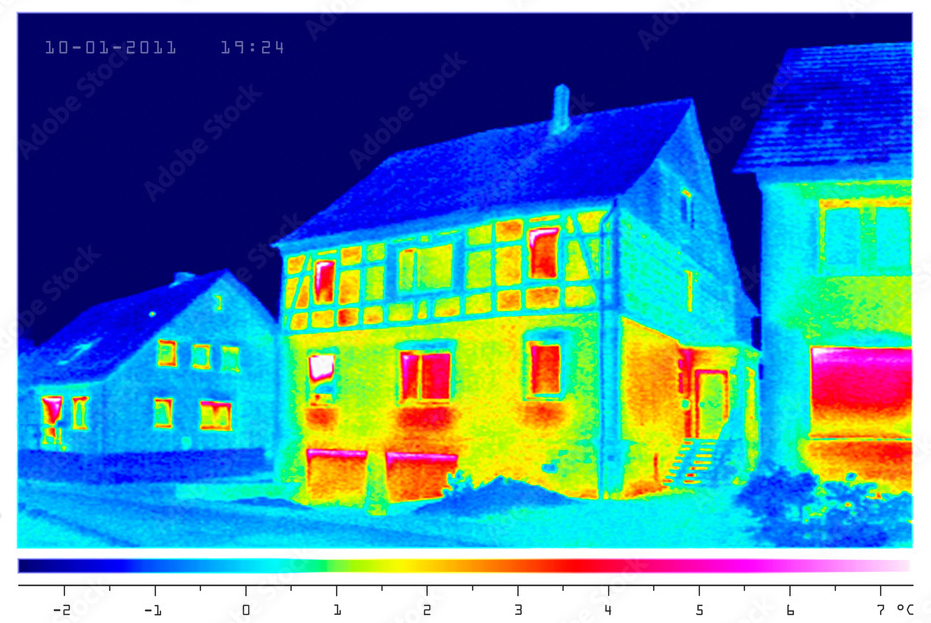

Lidar (Light Detection and Ranging)
Lidar technology, widely used in autonomous vehicles and mapping applications, relies heavily on silicon optics. In Lidar systems, laser beams are emitted and then reflected off objects, with the reflected light being detected to measure distances and create detailed 3D maps.
Silicon lenses and windows are used in consumer grade Lidar systems due to their high optical quality and the ability to transmit “eye safe” wavelengths such as 1550nm that are both useful for Lidar applications and have a much higher maximum permissible exposure than the 800-1000nm range used in other devices.


Neutron Reflectivity
Neutron reflectivity is a technique used in materials science to study the structure and composition of thin films and surfaces. In these experiments, neutrons are reflected off a material, and the reflected intensity is measured to determine the material's properties.
Silicon wafers are often used as substrates in neutron reflectivity experiments due to their ultra smooth surfaces and high purity. The optical properties of N-type silicon, particularly its low absorption of neutrons, make it an ideal material for these applications. Crystran is regularly trusted to produce new and to resurface used neutron reflectivity wafers for use in a wide variety of experiments requiring exceptionally smooth surfaces.
Custom Silicon Optics from Crystran
At Crystran, we specialize in producing bespoke silicon optics tailored to meet the specific needs of our customers. Whether you require a silicon lens, silicon window, or other custom optical components, our team of experts is here to assist you. With our extensive experience in working with different types of silicon, we can produce optics with the exact optical properties you need for your application.
You can view our Silicon data sheet here
Why Choose Crystran
Choosing Crystran as your optical components supplier ensures access to world-class expertise and state-of-the-art manufacturing facilities. Crystran specializes in fabricating high-quality IR and UV materials, including exotic crystals and innovative glasses, all processed under stringent quality controls. With ISO9001:2015 and ISO14001:2015 certifications, Crystran guarantees exceptional quality and environmental responsibility. Their technical sales team offers unparalleled support, ensuring quick, reliable service, whether you need a single optic or a high-volume production run. Crystran’s global reach and competitive pricing make them an ideal choice for optical solutions.
To learn more about our custom silicon optics, visit our website at crystran.com or contact our dedicated sales team at sales@crystran.co.uk for a quotation.
